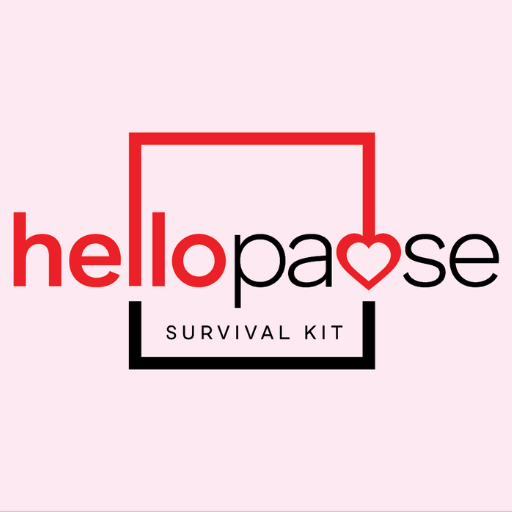
Still Sleepless? Real Fixes for Menopause Sleep Struggles
If counting sheep isn’t cutting it and you’re running on caffeine, irritability, and sheer willpower—hi, you’re not alone. Sleep in perimenopause and postmenopause can get seriously messed up, and no, you’re not just imagining it.
The truth? Hormones, hot flashes, mood swings, and life in general can wreak havoc on your nights. But sleep doesn’t have to stay broken. There are real, science-backed strategies that can help you rest better—even now.
1. Start with the Basics: Small Habits, Big Results
Let’s begin with the no-prescription-needed fixes. They’re not glamorous, but they work:
-
Stick to a regular sleep-wake schedule
-
Keep your bedroom cool, dark, and quiet
-
Avoid caffeine after early afternoon
-
Cut down on alcohol before bed
-
Invest in breathable bedding and quality pillows
Think of this as your foundation. These tweaks help support your natural sleep-wake rhythm and reduce disruptions caused by fluctuating hormones.
2. Medication Can Help—With the Right Guidance
Sometimes, lifestyle changes aren’t enough. That’s when it’s worth talking to your doctor about other options.
Menopause Hormone Therapy (MHT)
Estrogen—on its own or with progestogen—can improve sleep quality, especially if hot flashes are waking you up. Micronized progesterone has also been shown to support deeper, more restful sleep.
Antidepressants
Certain SSRIs and low-dose tricyclic antidepressants can ease insomnia, hot flashes, and mood swings. They’re not right for everyone, so you’ll need to work closely with your provider.
Melatonin and Light Therapy
Melatonin supplements can help regulate your internal clock—but timing matters. When used properly, they can ease the transition into sleep, especially when combined with light therapy to support circadian rhythms.
3. CBT-I: The Non-Med Option With Big Results
Cognitive Behavioural Therapy for Insomnia (CBT-I) is a structured, drug-free approach to treating chronic sleep issues. It’s especially useful if your insomnia has been hanging around for months—or years.
CBT-I uses techniques like sleep restriction and stimulus control to retrain your brain and body to fall asleep and stay asleep. It’s not a quick fix, but its long-term success often outpaces medication.
You can access CBT-I through a sleep therapist, a trained counselor, or even via certain clinically backed apps. It's one of the most effective tools available—and it doesn’t come with a side effects list.
4. Want Support Now? Try the Hello Pause Sleep Kit
If you’re ready to actually look forward to bedtime again, our Sleep Support Kit is designed for you. Inside, you’ll find tools that help you wind down, cool off, and create a calming nightly ritual. Think: science meets self-care. Simple, effective, and made just for this chapter of your life.
Explore the kit here and get one step closer to better nights and brighter mornings.
Final Thoughts
Sleep during menopause doesn’t have to stay this hard. With the right support—whether that’s setting a routine, getting your hormones checked, or diving into CBT-I—you can finally get the rest your body’s been begging for.
It’s not about perfection. It’s about giving yourself permission to ask for more than broken sleep and dragging mornings. You deserve better rest, not just when this phase is over, but right now.
And if no one’s told you lately—you’re doing great. Now go rest. You’ve earned it.
